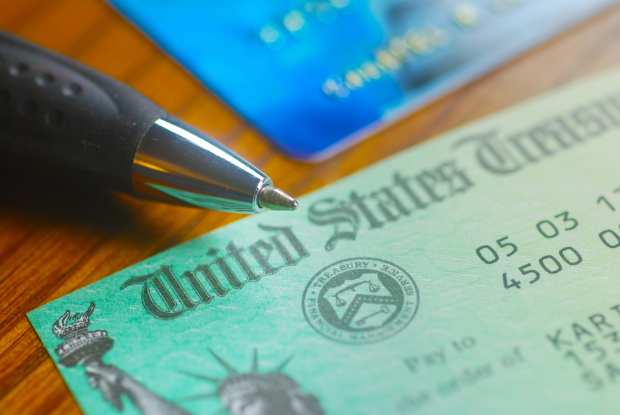State And Local Governments Wrestle With Faster Payments

Legacy technology issues abound these days, but for sheer scale (and a good giggle) always look to the government. In 2018, one laughable incident involved the U.S. Air Force budgeting $10,000 per seat to refurbish toilets on the country’s aging fleet of Cold War-era nuclear bombers. A competing proposal 3D-printed the seat covers at a cost of about $300 each. Technology saved taxpayers big money there.
These stories of inefficiency and overspend are usually epic and sometimes humorous, but there’s nothing funny about the torpor affecting state and local government disbursements. That situation also centers on the need to upgrade (or even abandon) legacy systems, as we found in the January 2020 State And Local Government Disbursements Report, a PYMNTS and Mastercard collaboration.
Ironically, it’s the paradox of choice that may be slowing things down. A crowd of FinTechs and challenger banks entering the disbursements space isn’t accelerating adoption to the extent needed, because it’s hard to differentiate them. And the pace of government procurement is notoriously slow.
But as the report details, state and local governments have a growing awareness and understanding of disbursements technology that offers speed and accuracy. Armed with knowledge of superior capabilities, more government agencies are retiring paper, digitizing payments and seeing the benefits.
States’ Rights and Digital Dollars
Treasury and revenue departments in multiple U.S. states are caught up in faster payments fervor, but not all officials seem persuaded. The Oregon Department of Revenue favors ACH but still mails a ton of checks for its disbursements. Beyond that, public information officer Robin Maxey told PYMNTS, “We aren’t looking to add to [ACH] or eliminate paper checks.” Texas shares that view, with Comptroller of Public Accounts spokesman Kevin Lyons saying Texas will stick to checks and ACH for the time being.
Not all states feel the same. Illinois printed and mailed $1.3 billion worth of government checks in 2018 at an average cost of $2.50 each, got called out by the media for it, and is now aggressively exploring digital disbursements. Likewise, the Tennessee Department of Revenue is looking into real-time payments as a means of disbursing government funds. Illinois could have saved an estimated $1 million by digitizing its payments. More states are starting to use recurring digital payments as the means by which tax refunds and other government monies are paid out. Advocates argue that digital funds deposited on debit cards are less prone to fraud and error, with speed and convenience for recipients.
Other sprawling government entities, like the Veterans Administration (VA), are getting their act together with digital disbursements after a series of screwups left U.S. veterans temporarily without pension and disability payments. Another glitch in 2019 delayed funds to as many as 10,000 U.S. veterans who are paying for college and housing through the GI Bill. As these mess-ups mount, more and more states and government agencies are turning to digital for its many advantages over paper payments.
Real-Time Rebellion
PYMNTS research shows that over half of U.S. consumers would prefer to receive any funds from government entities electronically, while only 24 percent of those eligible for such disbursements receive them via a digital rail. It’s indicative of the disordered state of government disbursements.
On the other hand, nothing succeeds like success. The Internal Revenue Service (IRS) has been blazing a digital trail for years and processed 29 million returns via direct deposit between February 2018-2019. So, while issues of fraud, cost and stifling inefficiency continue to plague government disbursements, digital is slowly overthrowing outdated payments in a popular uprising against inconvenience and waste.